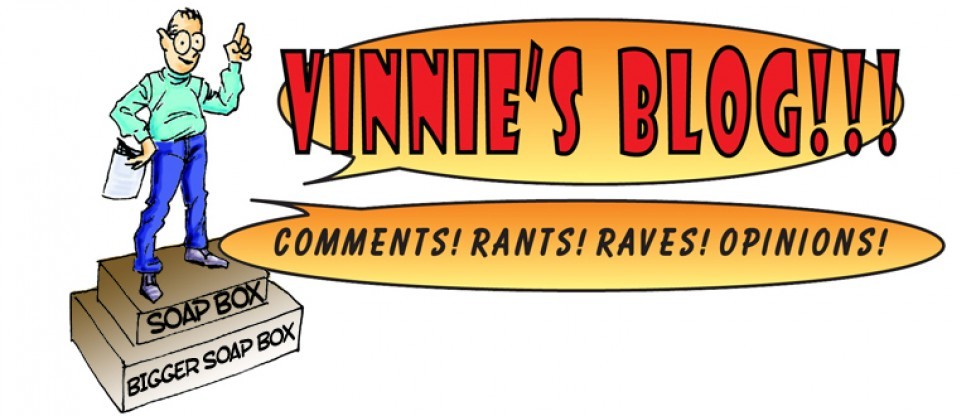Interesting article by Tom Flanagan a professor emeritus of political science at the University of Calgary.
In 2014, University of Tennessee law professor Glenn Harlan Reynolds published a provocative book about U.S. universities, The Education Apocalypse: How It Happened and How to Survive It. In view of recent events at Yale, Princeton, Missouri and other campuses, maybe he should have called it Apocalypse Now.
Enrolments have been climbing since the end of the Second World War. Student bodies now consist largely of amiable young people with little interest in the traditional disciplines of mathematics, natural and social sciences, literature, philosophy and foreign languages. Rampant grade inflation covers up the gap between students and the curriculum. The “gentleman’s C” has been replaced by commonplace Bs and As.
Most students just want to get a degree and find a job, but those with a desire to change the world are attracted to a proliferating menu of non-disciplines, most of which focus on race and sex – exciting diversions for young people who can’t or won’t master calculus, logic, history and a foreign language. Political correctness has become the new orthodoxy for those who crave dogmatic certainty rather than Socratic questioning.
Legislatively mandated programs of affirmative action have aggravated the situation. There is now a pervasive mismatch of students and institutions, as described by several U.S. researchers. Students who would have done fine at community colleges or regional universities struggle at flagship campuses of state schools such as the University of Missouri.
Students who would have succeeded at Missouri are pressed to compete at institutions such as Yale and Princeton. “Systemic racism” is conjured to explain the difficulties experienced by these mismatched students.
Growth in numbers has been accompanied by construction of palatial facilities – residences, conference centres, museums, campus hotels, athletic venues – that have little to do with undergraduate education. Highly paid full-time professors are directed away from students and into lucrative fields of research and consulting. Not surprisingly, costs have soared, fed by easy money from government loan programs, such that it now costs more than $60,000 (U.S.) a year to attend prestigious private universities.
The growth of university administration has been hypertrophic, as chronicled by Benjamin Ginsberg in The Fall of the Faculty: The Rise of the All-Administrative University and Why It Matters. University presidents, vice-presidents and deans still rise from the academic ranks, but they are now surrounded by a penumbra of administrators who are not scientists or scholars and do not share academic values – fundraisers, equity officers, legal advisers, communications specialists and lobbyists to deal with various levels of government. Academic issues of teaching and research are refracted through pragmatic prisms of fundraising potential, public image and government relations.
And then there is the U.S. phenomenon of big-time athletics. Football and basketball coaches now often earn several times as much as university presidents. Their power was recently illustrated by the football coach at the University of Missouri; he sided with his disgruntled players about sacking the school’s president, who went down like a lead-footed quarterback blitzed by the D-line.
Professor Reynolds likens all of this to a speculative bubble about to burst. The hallmarks of a bubble are there – spiralling growth, recruitment of naive investors (students and their parents) and rising prices detached from underlying values.
Warning signs are already present, as enrolments start to decline and weaker institutions are faced with bankruptcy. He believes, and I tend to agree, that there will be no internal salvation from this morass when the bubble finally bursts. New modes of instruction based on the Internet and private enterprise foreshadow a future beyond universities.
Canadians should not be complacent. All the ingredients of the U.S. bubble are present on this side of the border, except for big-time athletics and astronomical tuition fees. As Karl Marx said about rustic Germany when comparing it with industrialized Britain, De te fabula narratur (the story applies to you).
